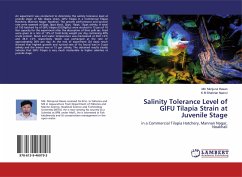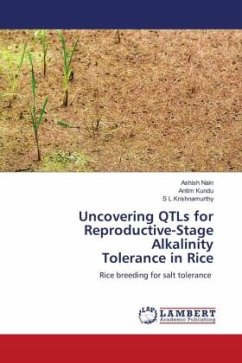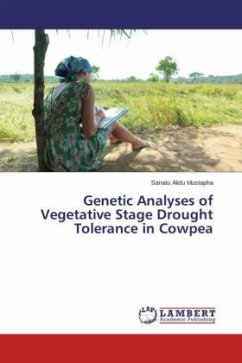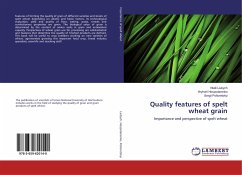An experiment was conducted to determine the salinity tolerance level at juvenile stage of Nile tilapia strain, GIFU Tilapia in a Commercial Tilapia Hatchery, Mannan Nagar, Noakhali. The growth performance and survival rate were assessed at 0ppt, 0ppt black, 5ppt, 10ppt, 15ppt salinity. A total of 150 hatched fry of GIFU tilapia (0.039g/fry) were stocked in 15 jars of 10 liter capacity for the experiment after the absorption of their yolk sac. Feed were given at a rate of 13% of total body weight per day containing 40% crude protein. Room and water temperature was maintained at 30.0 ±2°C and 28.0 ±2°C respectively. Water was exchanged at the rate of approximately 30% per day. At the end of experiment (24 days) result showed that highest growth and survival rate of fry found was in 0 ppt salinity and the lowest was in 15 ppt salinity. The obtained results clearly indicate that GIFU Tilapia is very much intolerable to higher salinities at juvenile stage.








